The American Southwest holds countless stories within its sun-baked landscapes, and among the most fascinating are the historic missions scattered across remote desert regions. These sacred sites represent centuries of cultural exchange, architectural ingenuity, and human perseverance in some of the harshest environments on the continent. Many were built by Spanish missionaries and indigenous communities working together, creating unique structures that blend European and Native American influences.
While some missions have crumbled back into the earth, others still stand as monuments to the past, welcoming modern visitors who make the journey into the wilderness. Here is a list of 15 remote desert missions that remain open to visitors today.
Mission San Xavier del Bac
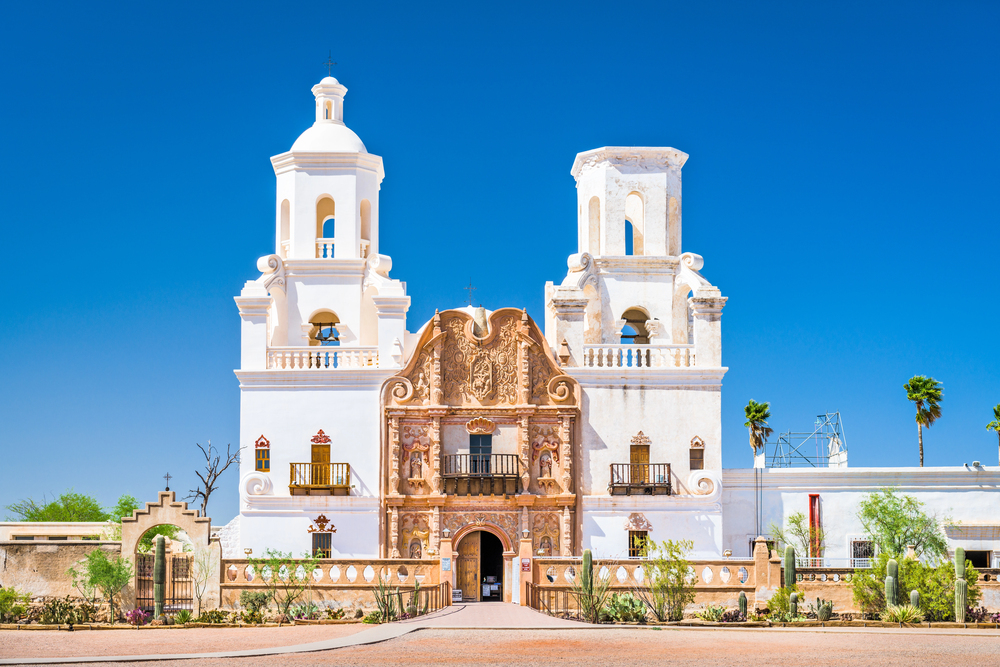
Located just south of Tucson, Arizona, this stunning white-washed mission rises from the Sonoran Desert like a mirage. Known as the ‘White Dove of the Desert’, the structure showcases brilliant baroque architecture that somehow feels perfectly at home in the arid landscape.
The mission continues to serve the Tohono O’odham Nation and welcomes thousands of visitors annually. Its interior features hand-carved wooden statues and colorful murals that have survived the desert climate for over two centuries.
San Jose de Tumacacori
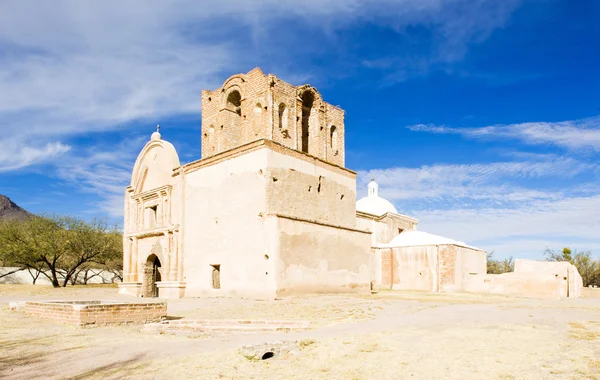
Tumacacori National Historical Park preserves the ruins of three Spanish colonial missions in southern Arizona’s Santa Cruz Valley. The main church stands as a haunting reminder of colonial ambitions, with its roofless nave open to the desert sky.
Visitors can explore the partially restored structures and imagine what life was like for the missionaries and indigenous people who called this place home. The visitor center provides context for understanding the complex relationships between Spanish colonizers and local tribes.
Mission Nuestra Señora de los Remedios
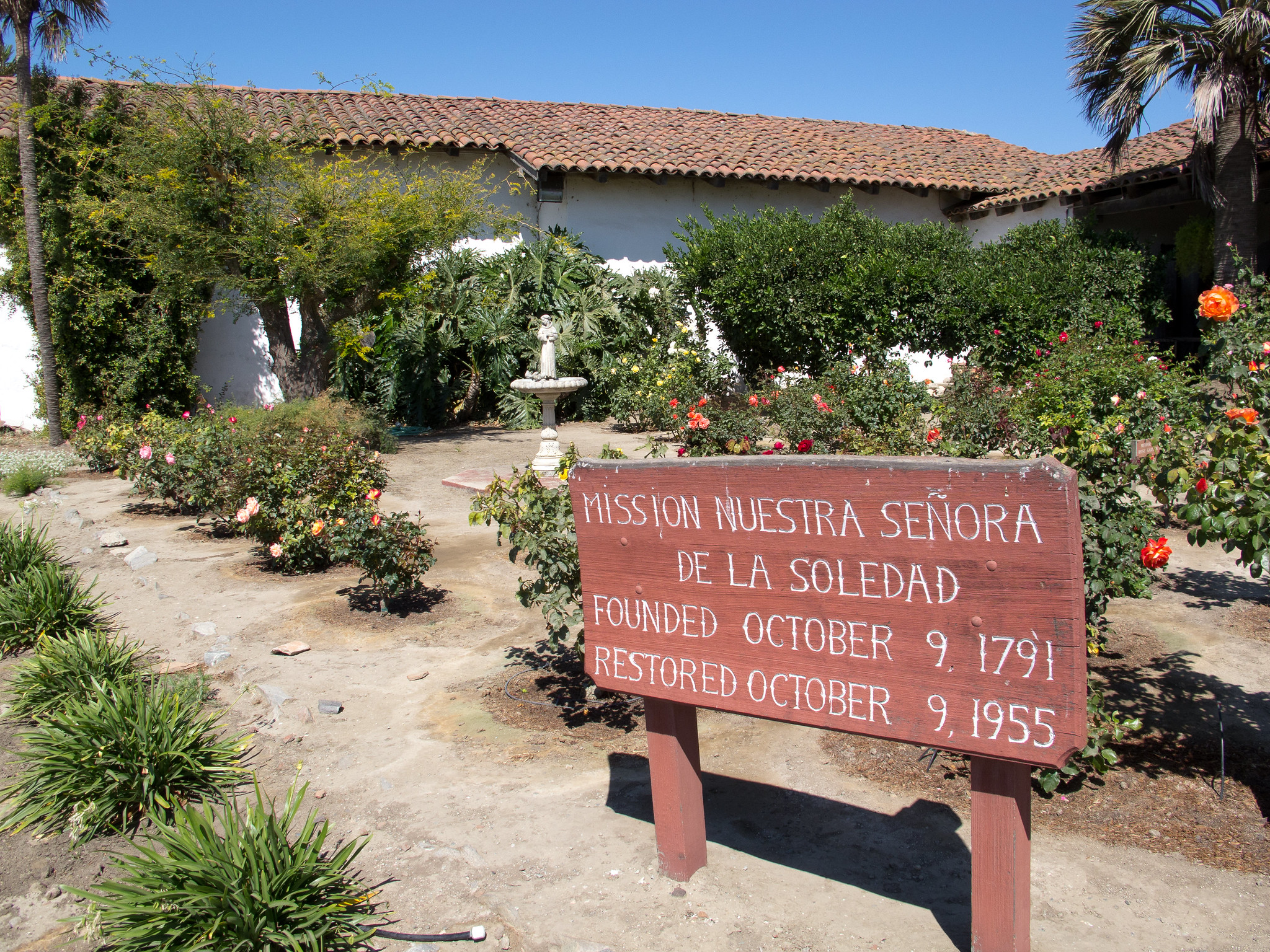
Hidden in the remote Altar Valley of Arizona, this lesser-known mission requires a bumpy dirt road journey to reach. The adobe walls show their age, but the basic structure remains intact enough to give visitors a sense of its original grandeur. Local ranchers have helped maintain the site over the decades, and it serves as a pilgrimage destination for people from both sides of the border.
The isolation adds to the spiritual atmosphere that draws visitors seeking a deeper connection to the past.
San Antonio de Padua
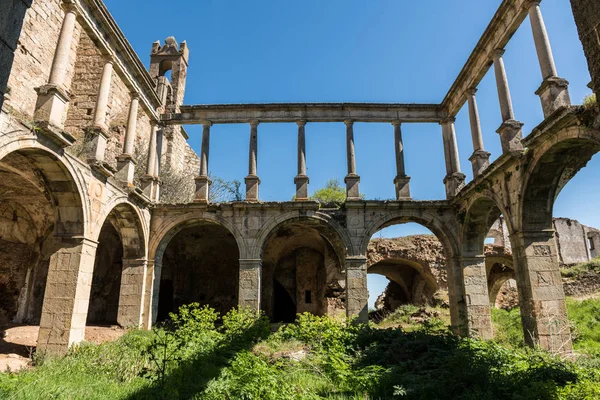
Nestled in California’s Central Valley near present-day Jolon, this mission sits in a valley surrounded by rolling hills that turn golden in summer heat. The restored church and surrounding buildings offer a glimpse into mission life, complete with workshops where friars taught various trades to local Native Americans.
Visitors often comment on the peaceful atmosphere that pervades the grounds. The mission’s location away from major highways means it attracts fewer crowds than its coastal counterparts.
Santa Ysabel Asistencia
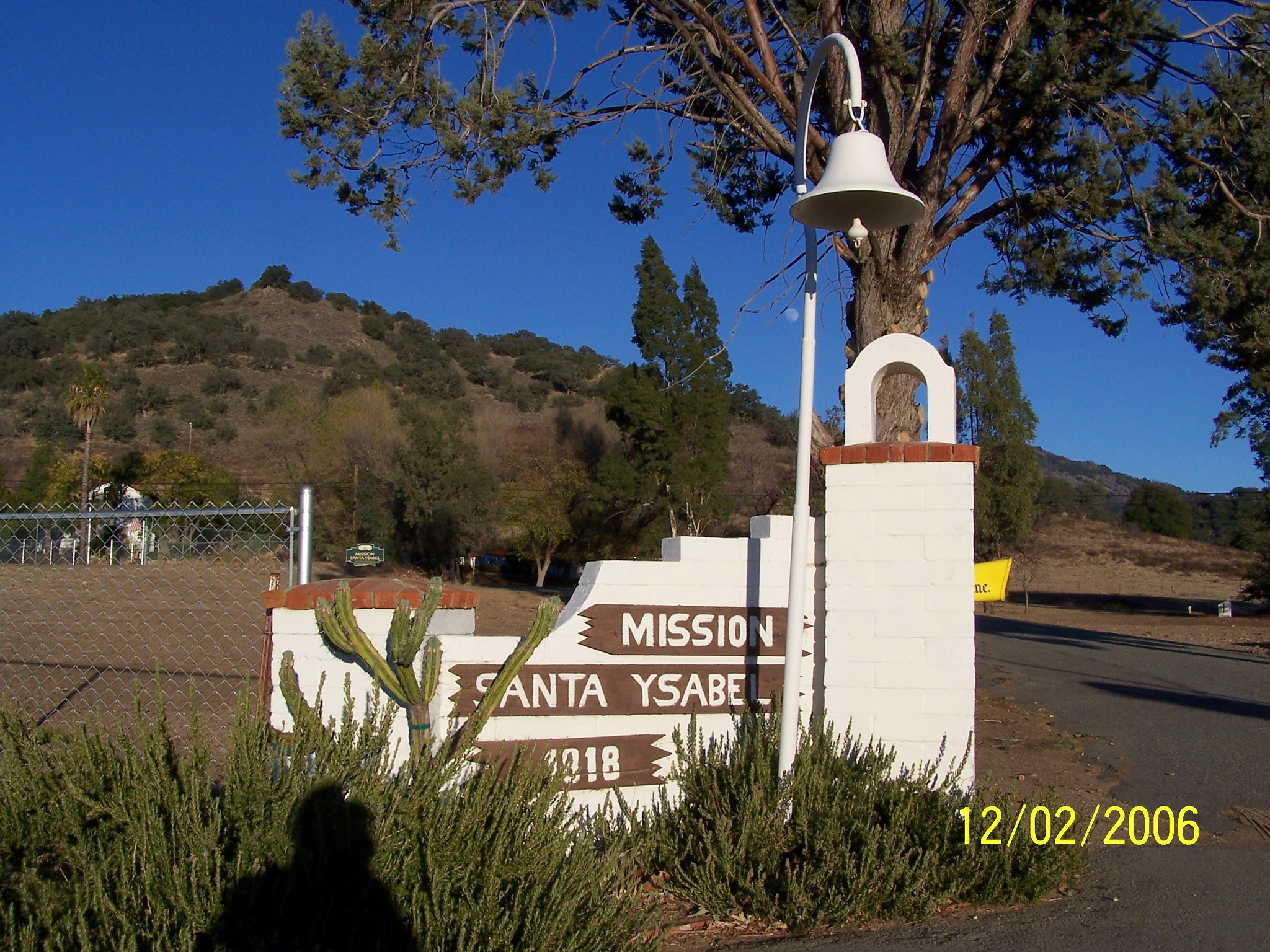
This small mission chapel in the mountains east of San Diego serves the local Kumeyaay people and welcomes visitors to its modest but beautiful sanctuary. The simple wooden structure belies the rich history contained within its walls, including stories of resistance and adaptation by indigenous communities.
A small museum on the grounds displays artifacts from both Spanish colonial and Native American cultures. The surrounding high desert landscape provides a dramatic backdrop for contemplation and photography.
Mission San Miguel Arcángel

Situated along California’s El Camino Real in the Salinas Valley, this mission boasts some of the most well-preserved original interior decorations of any California mission. The hand-painted designs covering the walls and ceiling were created by local Salinan Indians under the direction of Spanish artist Esteban Munras. Visitors can see authentic colonial-era religious art that has survived earthquakes, weather, and the passage of time.
The mission’s location between Los Angeles and San Francisco makes it a perfect stopping point for travelers exploring California’s mission trail.
Sanctuary of Chimayo
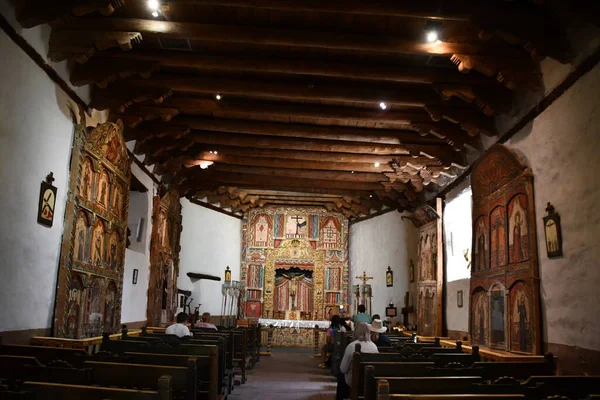
Located in northern New Mexico’s high desert, this pilgrimage site draws thousands of visitors who believe its soil has healing properties. The small adobe chapel, built in the early 1800s, sits in a valley surrounded by red sandstone cliffs and ancient cottonwood trees.
Many visitors combine their trip here with exploration of nearby Pueblo communities and ancient cliff dwellings. The sanctuary represents a unique blend of Catholic and indigenous spiritual traditions that continues to evolve today.
Mission Socorro
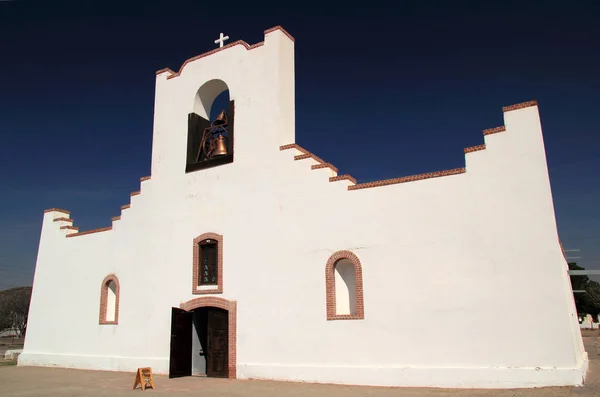
This Texas mission along the Rio Grande near El Paso represents one of the oldest European settlements in the American Southwest. The simple adobe structure has been continuously used for religious services since the late 1600s, making it a living piece of history.
Visitors can attend services or simply explore the peaceful grounds that offer views across the river into Mexico. The mission serves as a reminder of the borderland culture that has defined this region for centuries.
San Elizario Chapel
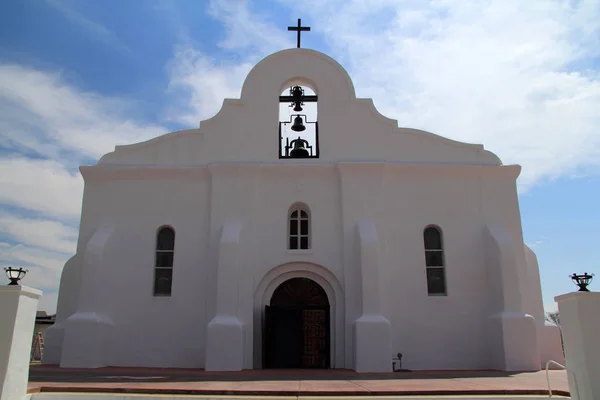
Another gem along the El Paso mission trail, San Elizario dates back to the Spanish colonial period and served as a presidio chapel for soldiers stationed on the frontier. The thick adobe walls and simple bell tower create an imposing presence in the flat desert landscape.
Local guides often share stories about border conflicts, silver mining, and the complex ethnic mix that characterized life in this remote outpost. The chapel continues to serve the local community while welcoming curious travelers.
Mission Ysleta del Sur
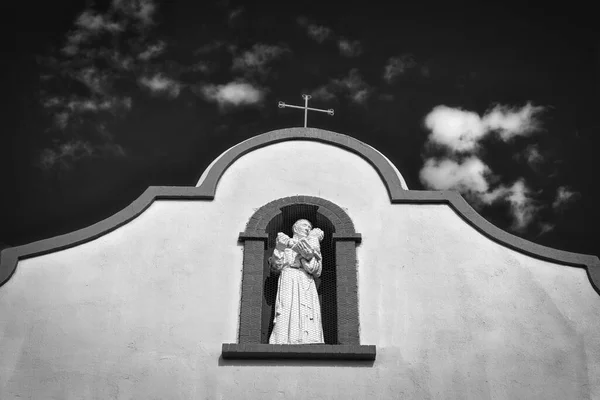
The oldest continuously operating parish in Texas, this mission was established by Tigua Indians who fled south after the Pueblo Revolt of 1680. The current church building dates to the 1800s, but sits atop the foundations of much older structures.
Visitors can learn about Tigua culture and history while exploring the mission grounds and adjacent cultural center. The tribe maintains its traditions while sharing its story with outsiders who make the journey to this corner of El Paso.
Rancho de las Golondrinas
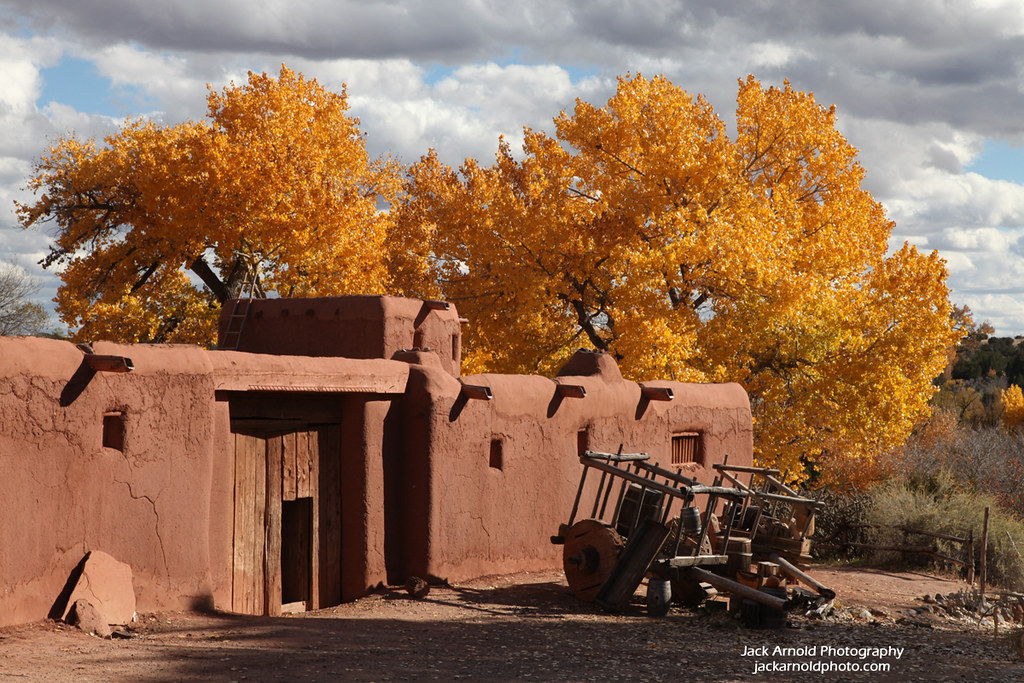
This living history museum near Santa Fe recreates life in colonial New Mexico, including a restored chapel that serves as the centerpiece of the complex. Visitors can watch demonstrations of traditional crafts and farming techniques while exploring authentic adobe buildings.
The site hosts festivals throughout the year that bring colonial history to life with period costumes and activities. The high desert setting provides an authentic backdrop for understanding how Spanish colonists and indigenous people adapted to the challenging environment.
Christ in the Desert Monastery

Hidden in a remote canyon north of Santa Fe, this modern monastery follows ancient Benedictine traditions while welcoming visitors for retreats and day visits. The simple chapel overlooks red rock formations that creates a natural cathedral in the wilderness.
Guests can participate in daily prayers or simply enjoy the profound silence that defines monastic life. The dirt road journey to reach the monastery requires commitment but rewards visitors with an unforgettable spiritual experience.
Santo Tomás de los Platanos
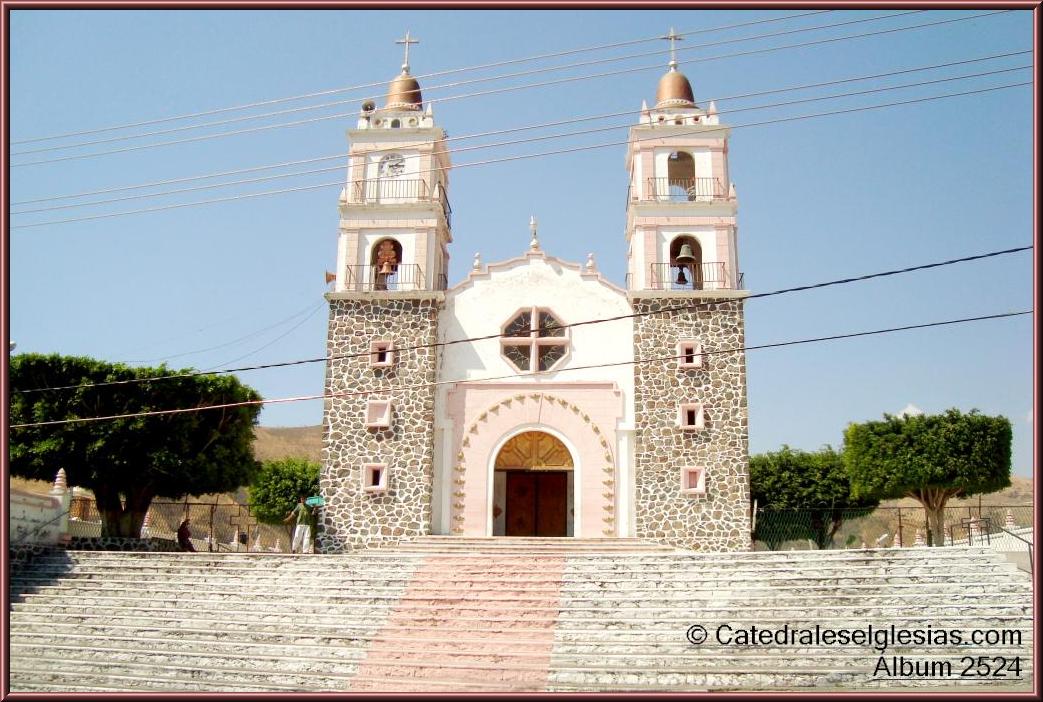
Located in Mexico’s Baja California peninsula, this mission ruin represents the northern extent of Spanish missionary activity in the region. The crumbling stone walls stand testament to the challenges of establishing settlements in one of North America’s most arid landscapes.
Visitors willing to make the long drive through the desert backcountry can explore the ruins and imagine the determination required to build a religious community in such isolation. Local guides can arrange tours that include camping under some of the darkest skies in North America.
Mission Santa María de los Ángeles
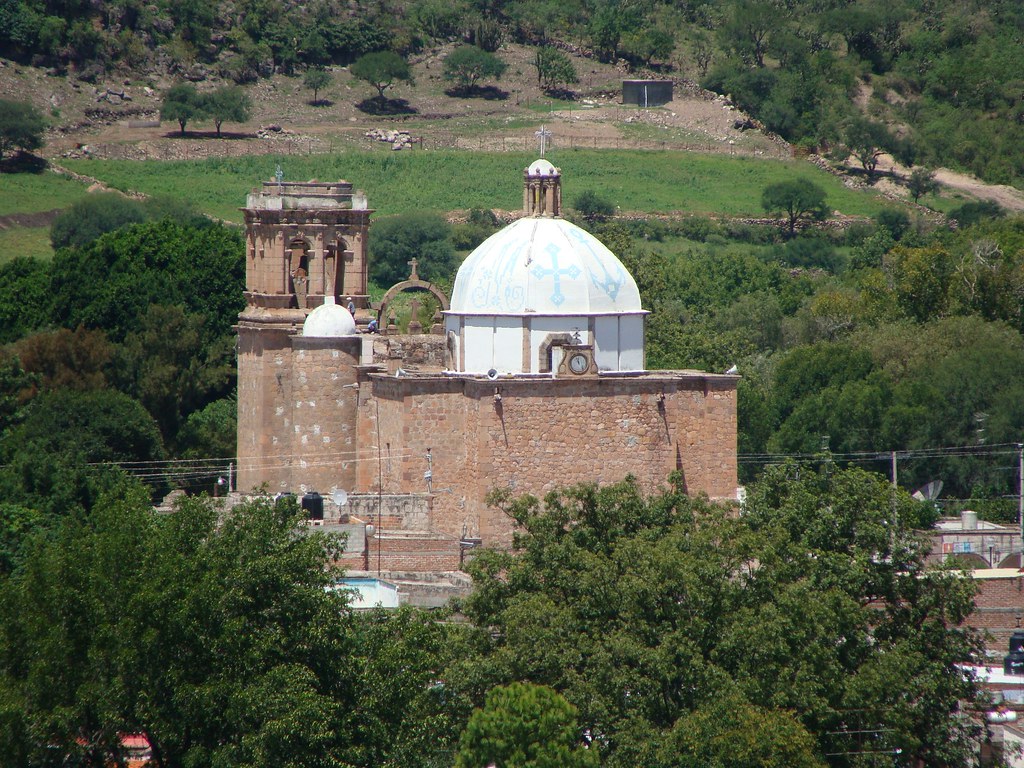
Another Baja California site, this mission served as a way station for travelers moving between the peninsula’s scattered settlements. The adobe ruins sit in a valley surrounded by cardón cacti and desert wildflowers that bloom briefly after winter rains.
Archaeological evidence suggests the site was continuously occupied for thousands of years before Spanish arrival. Visitors today can combine mission exploration with desert hiking and wildlife observation in one of Mexico’s most pristine wilderness areas.
San Borja Mission
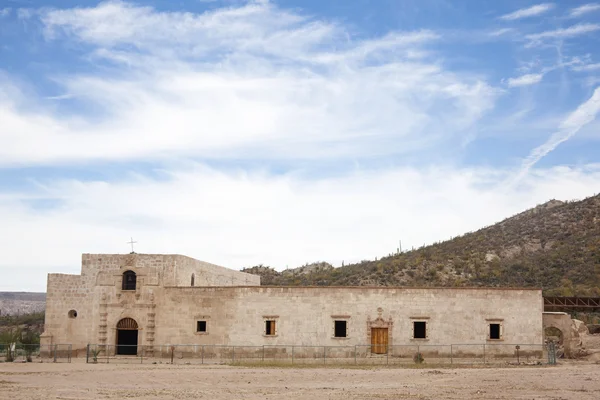
Deep in Baja California’s central desert, this remote mission requires serious off-road driving to reach but rewards adventurous visitors with well-preserved stone construction and dramatic desert vistas. The mission served as headquarters for missionary activity throughout the region and included workshops, gardens, and living quarters for both Spanish friars and indigenous converts.
Local Mexican guides can arrange multi-day trips that include camping near the ruins and exploring nearby cave paintings left by pre-Columbian inhabitants.
Desert Legacies That Endure

These remote missions connect modern visitors to centuries of human struggle and adaptation in some of North America’s most challenging landscapes. What began as ambitious Spanish colonial projects became something entirely different through the contributions of indigenous peoples who adapted European religious practices to their own spiritual traditions.
Today, these sites serve as windows into a complex past while continuing to evolve as places of worship, cultural preservation, and historical education. The desert has a way of stripping away everything unnecessary, leaving only what truly matters – and these missions represent what previous generations found worth preserving against all odds.
More from Travel Pug

- 20 Best Beach Towns in the Carolinas
- 13 Destinations Where Tourists Regularly Regret Their Trip
- 20 Destinations That Are More Magical Without an Itinerary
- 20 Underrated Adventures That Belong on Your Travel List
- 20 Cities Where You Should Just Wing It, No Planning Required
Like Travel Pug’s content? Follow us on MSN.
